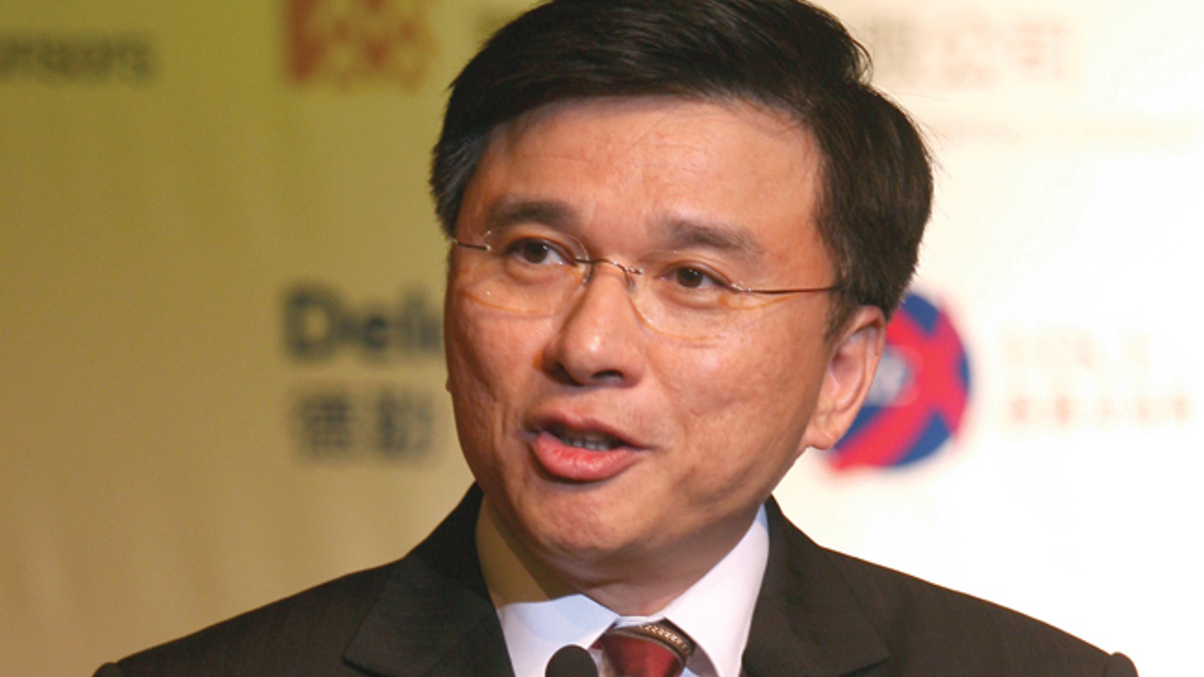Hong Kong’s MPF must learn from Australia, says Chan
The city’s financial services secretary KC Chan sees inspiring greater public trust as key to ensuring the success of the MPF system, just like Australia’s superannuation scheme.

Hong Kong’s Mandatory Provident Fund Schemes Authority (MPFA) must learn from Australia’s superannuation system to engender greater public trust, says the city’s financial services secretary KC Chan.
Sign in to read on!
Registered users get 2 free articles in 30 days.
Subscribers have full unlimited access to AsianInvestor
Not signed up? New users get 2 free articles per month, plus a 7-day unlimited free trial.
¬ Haymarket Media Limited. All rights reserved.


